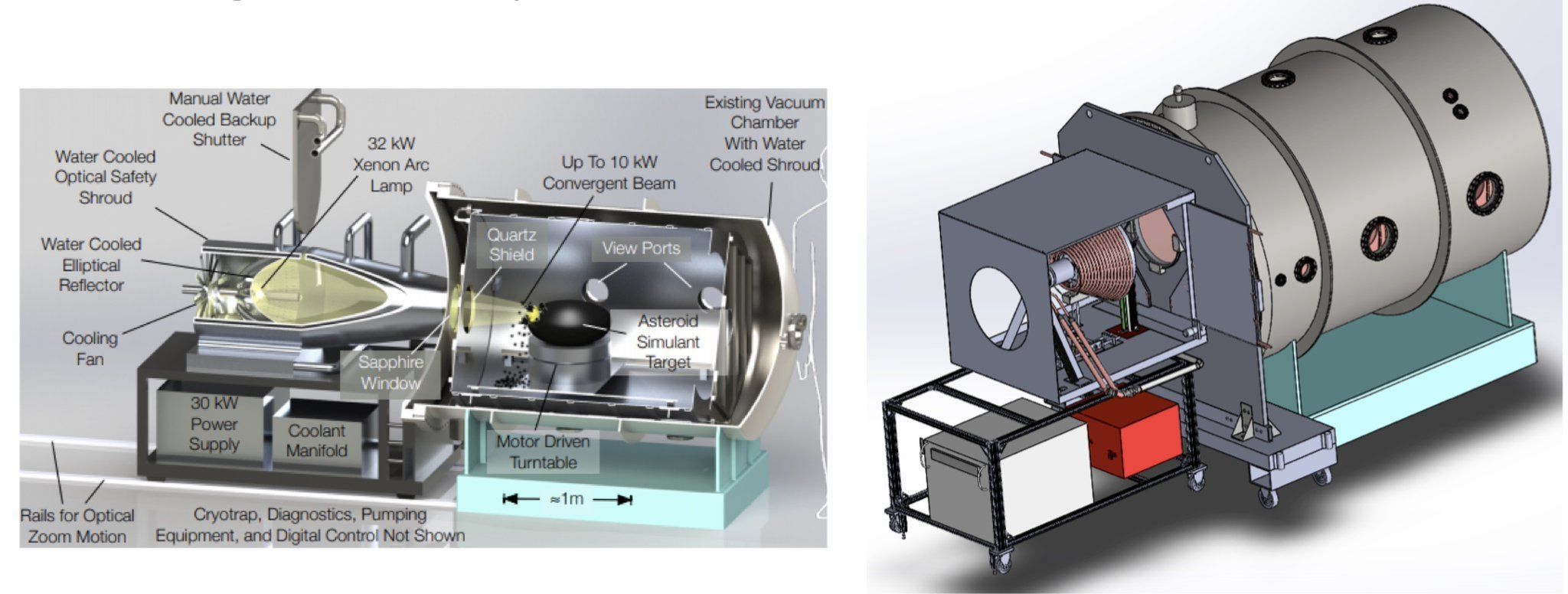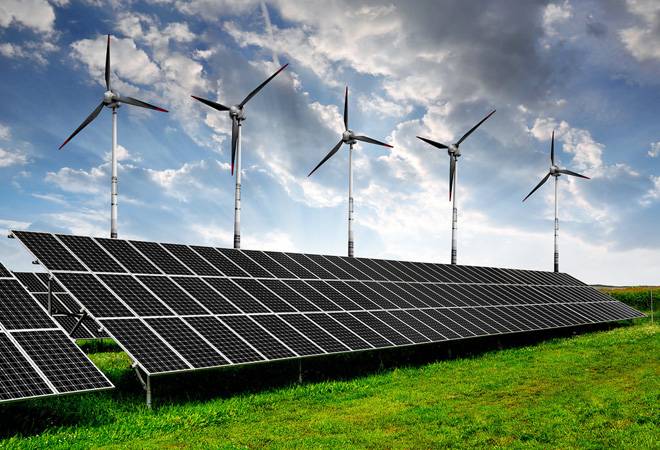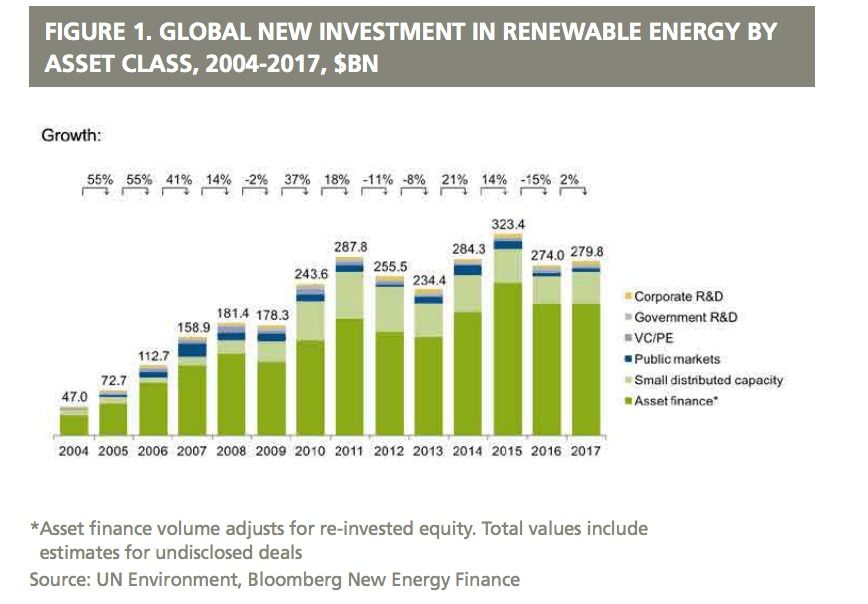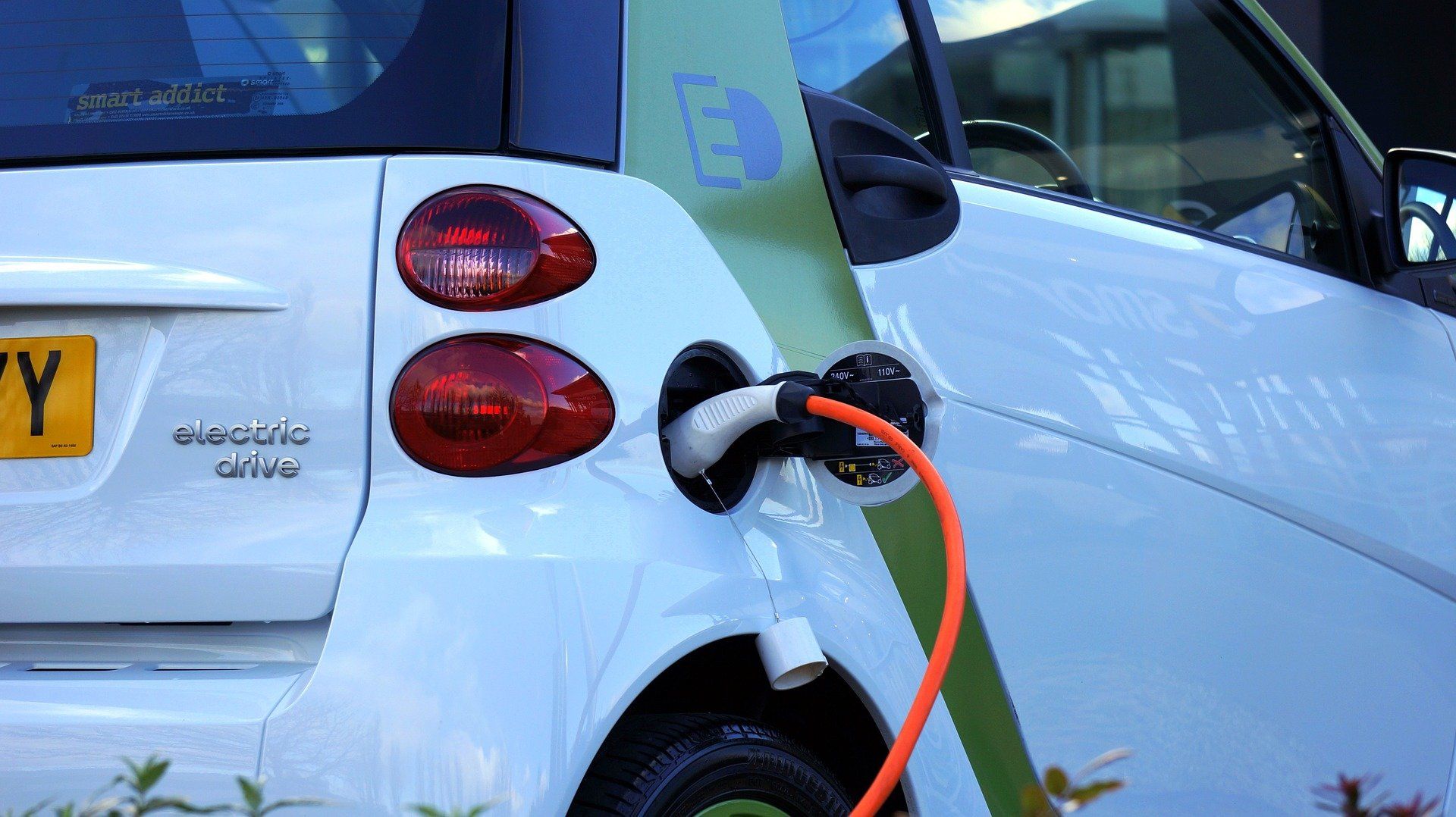Ethiopia on Sunday inaugurated a power plant which converts waste into energy, next to a filthy open-air dump in Addis Ababa where a landslide last year killed more than 110 people.
Named Reppie, the facility is the first of its kind in Africa, according to the government and the British company Cambridge Industries behind the project, and will turn 1,400 tons of waste per day into energy.
Ethiopian President Mulatu Teshome said at the ceremony that the country “has been investing extensively in hydro power, geothermal, wind energy and now biomass to boost the manufacturing sector with a supply of clean, renewable energy.”







